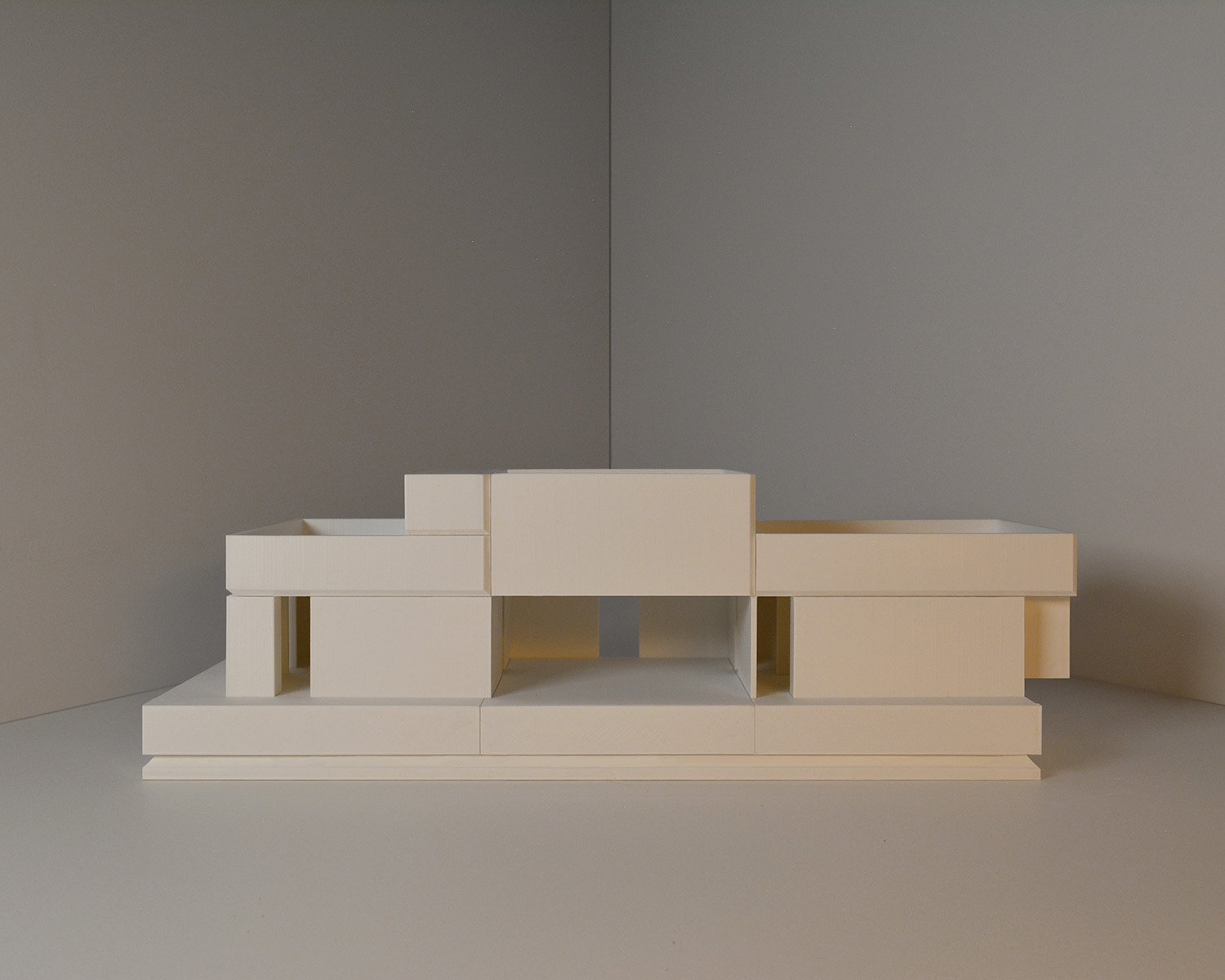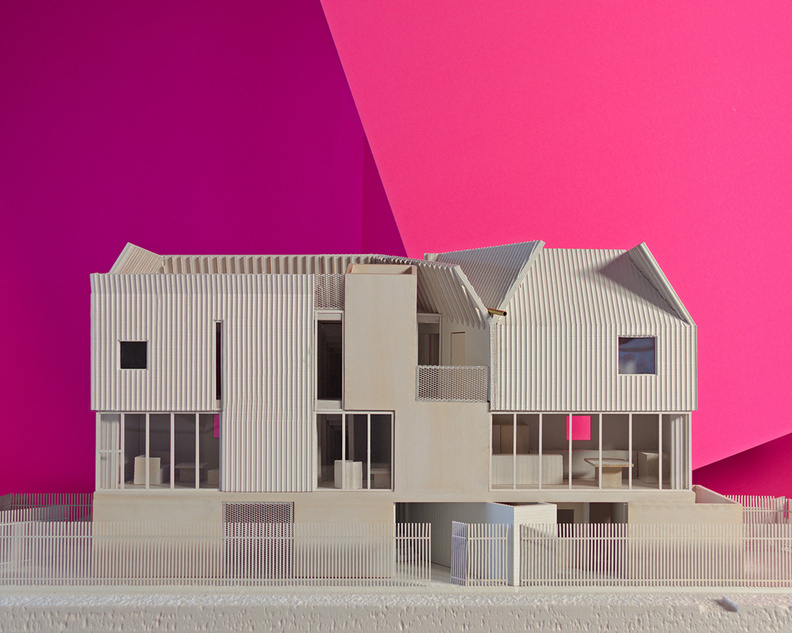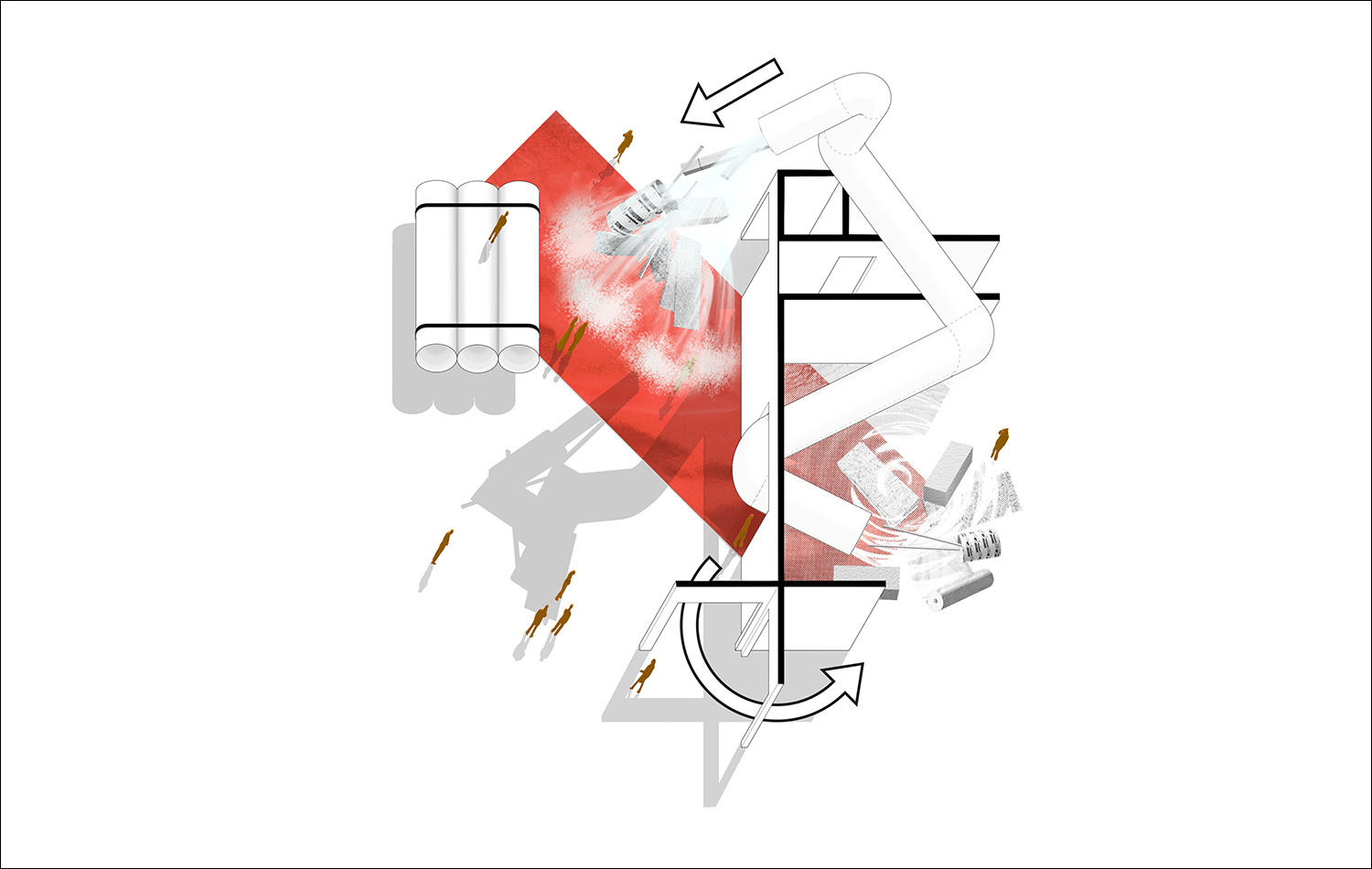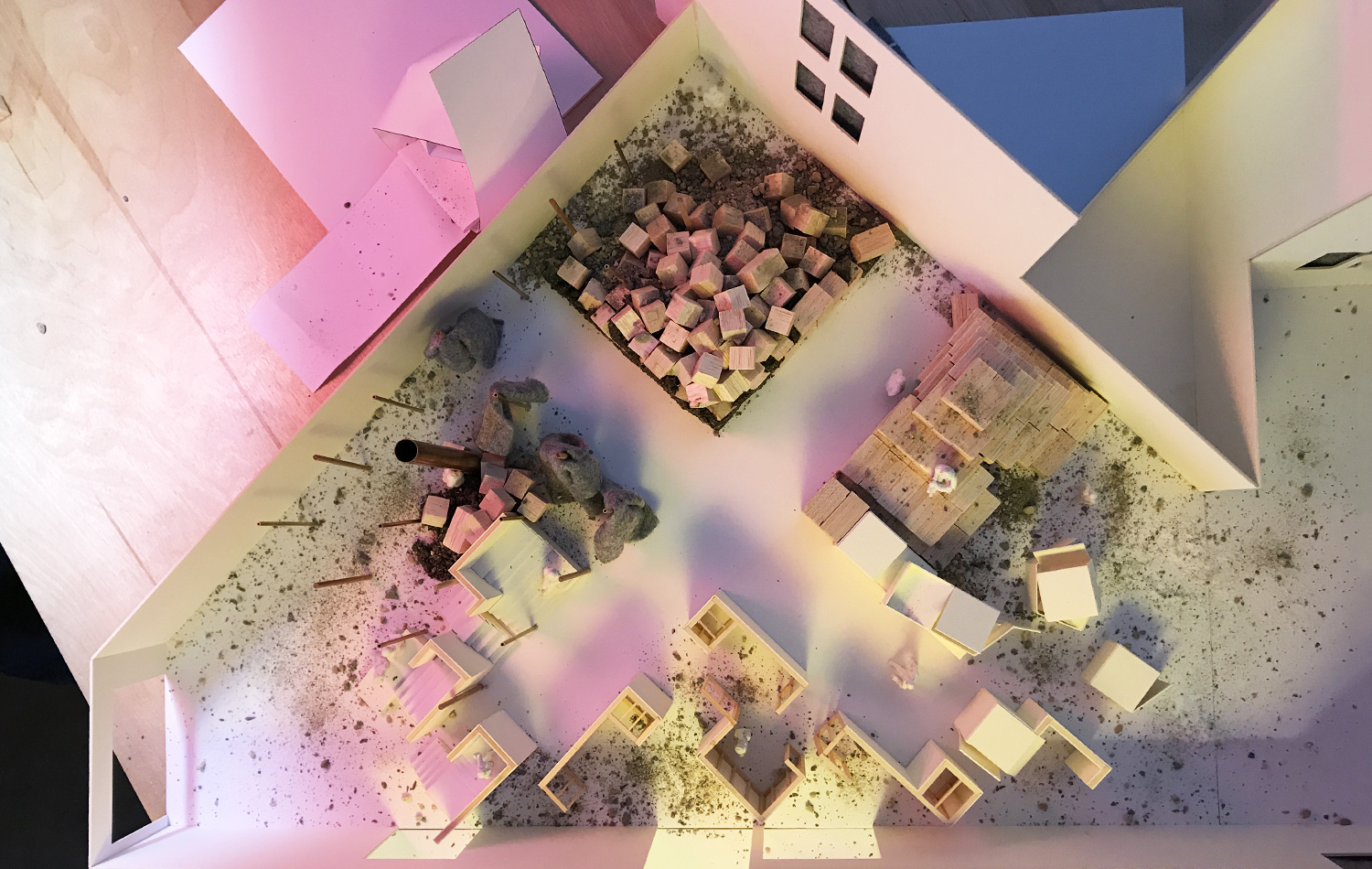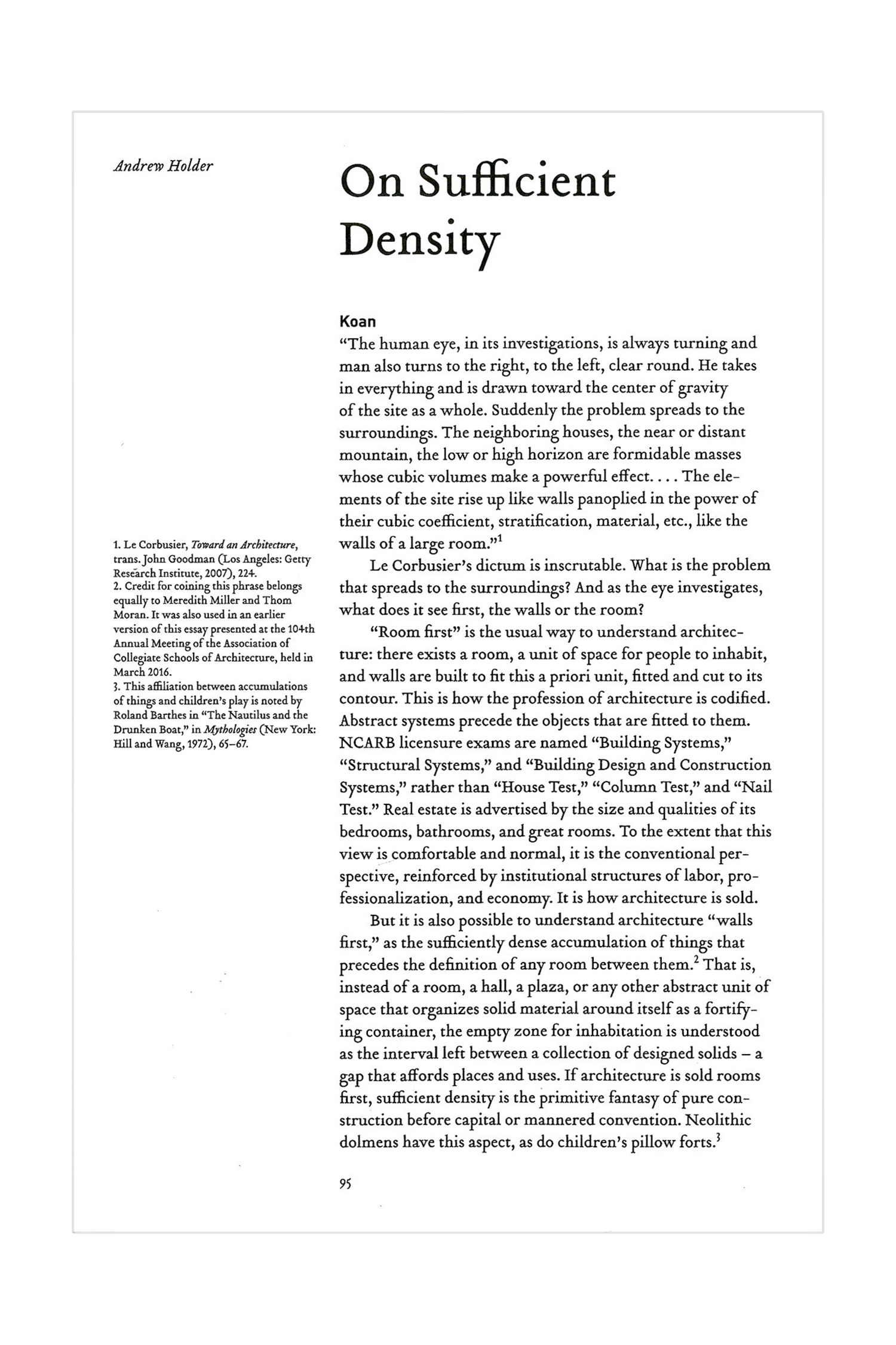Restaurant in Los Angeles 2
Location
Los Angeles, CA
Year
2019
Status
Project
Los Angeles, CA
Year
2019
Status
Project
Project Lead
Jonathan Rieke
Project Team
Kenji Hattori-Forth
Morgan Starkey
Remi McClain
Matt Moffit
Hamza Hasan
Jonathan Rieke
Project Team
Kenji Hattori-Forth
Morgan Starkey
Remi McClain
Matt Moffit
Hamza Hasan
Restaurant in Los Angeles 2 is a renovation and re-launching of a 4,200 sf restaurant in Venice Beach, California. The location has been a fixture of the Venice food scene for almost four decades, including a period when it was the haute Mexican restaurant Rebecca’s, designed by Frank Gehry in the early 1980’s. The new chef-owner has asked us to dramatically re-imagine the space and clarify the organization of the dining area.


Carrying out the owner’s request meant satisfying twin demands. First, we had to rationalize and reduce the byzantine complexity of service infrastructure left behind by the decades of previous restaurant renovations. Second, we wanted to retain something of Frank Gehry’s original design, which featured an octopus chandelier and two large alligators hanging from the ceiling.


The octopus and crocodiles were long gone, but we convinced ourselves that a portal around the front door and a crow’s nest above the bar could plausibly be his – in spirit, if not in fact.


We treated the nest as the first in a cast of architectural characters that are deliberately anthropomorphic and devices for organizing the relationship between staff and customer. At the nest, a private dining room above the bar allows diners to peek down through a crack to observe patrons and bartenders below, while keeping the larger parties above functionally separate from the rest of the dining area. An enclosed tube-like stair connects the two spaces. At the booths, a blocky figure with three legs encloses diners in more intimate surroundings while creating separate access for staff to a wine cage. At the open seating, a crudo prep station positions a chef above a partial ring of banquets. A large mirror folds out from the ceiling so that diners can look up to the food prep area even as the chef stares down at them. In each case, the relationship between diners and staff is both logically arranged and a kind of theatrical performance, where the customers are as much on display as the people who work there.



Each of the three large food service objects (the nest, booths, and crudo bar) are deliberately anthropomorphized as vaguely familiar figures in elevations. Detailing further elaborates their anima. Panels of material prop and lean against each other, as though they are in an arrested state of action that might continue at any moment.








